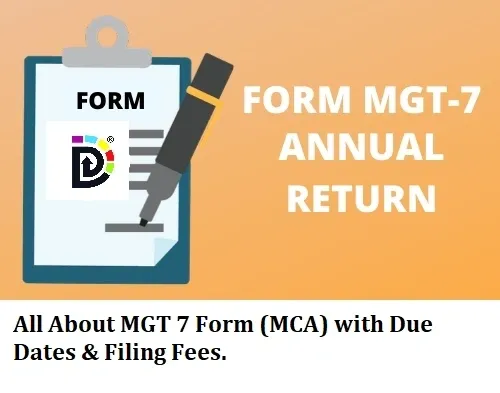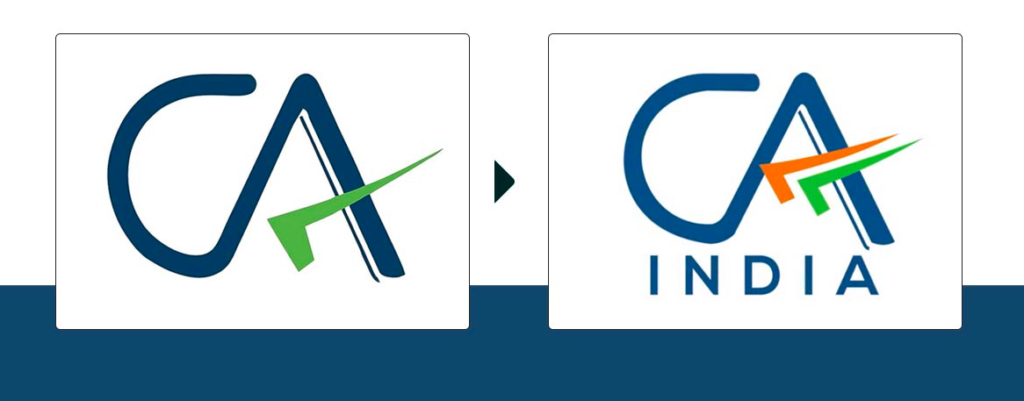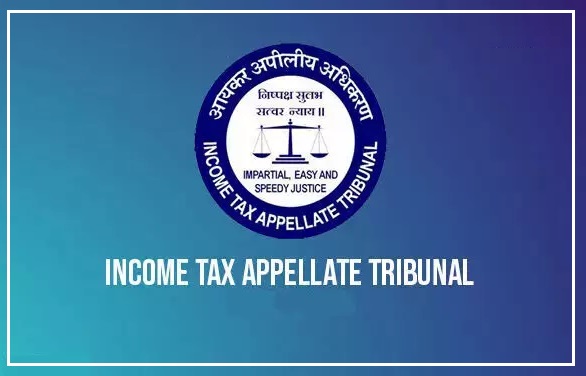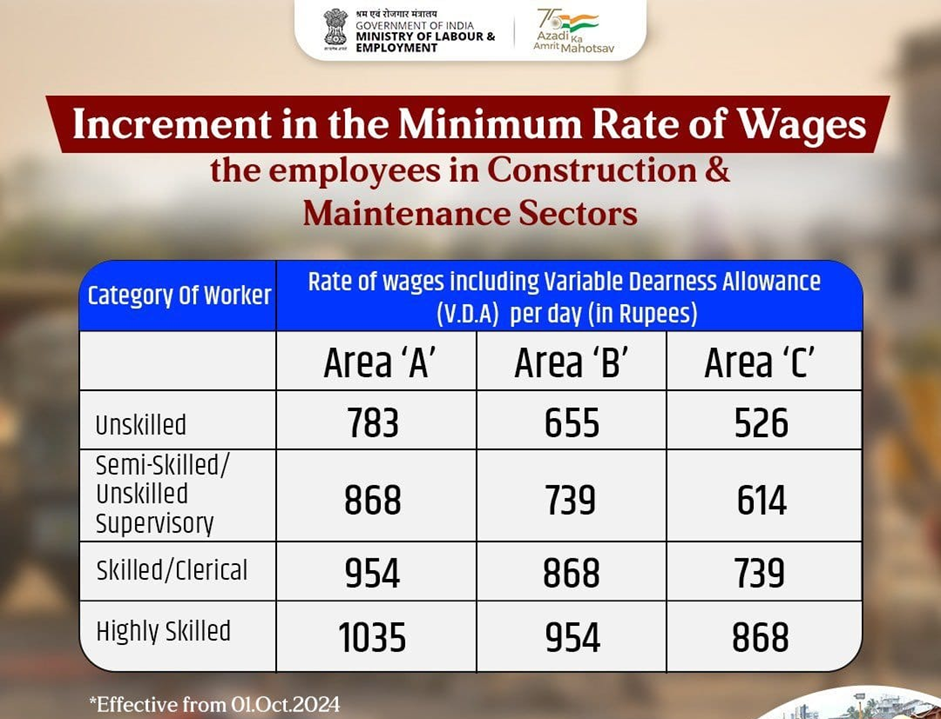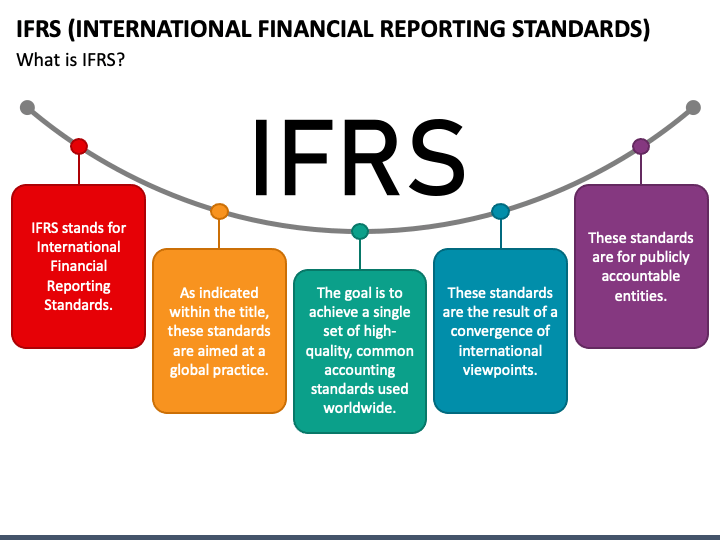Higher TDS Rates for Non-Filers: Understanding Section 206AB
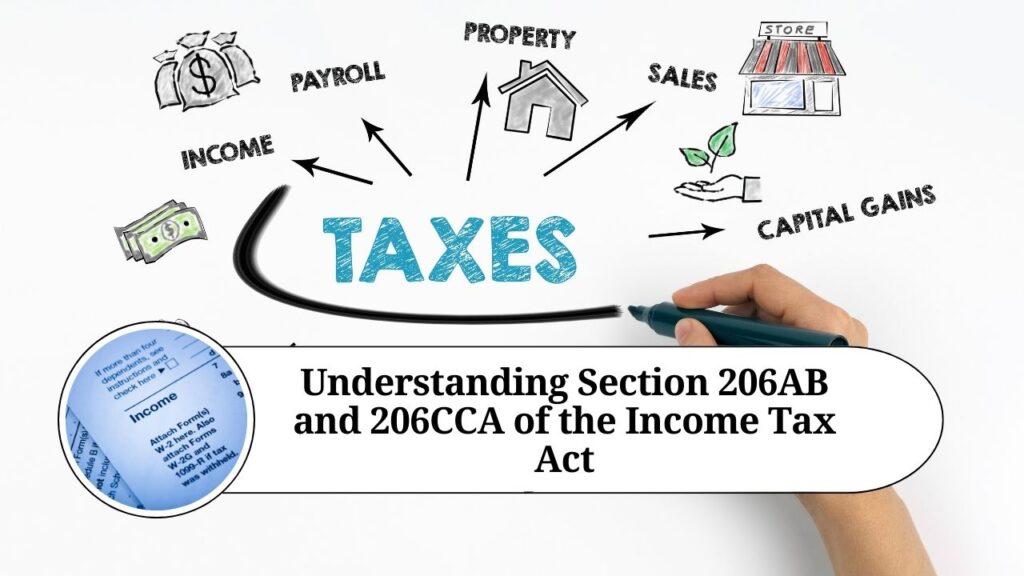
The introduction of Section 206AB in the Income Tax Act, of 1961, has added a new layer of complexity to tax compliance in India. This section mandates higher Tax Deducted at Source (TDS) rates for individuals and entities who have not filed their income tax returns for the previous two financial years. This article aims to provide a comprehensive understanding of Section 206AB, its implications, and how taxpayers can navigate these new provisions.
Section 206AB was introduced to enhance tax compliance and penalize those who consistently avoid filing their income tax returns. This provision applies higher TDS rates to non-filers, creating an incentive for taxpayers to comply with their filing obligations. Understanding the nuances of this section is crucial for both deductors and deductees to avoid the penalties associated with non-compliance.
Background and Rationale
Contents
The rationale behind Section 206AB is to improve tax compliance and increase the tax base. Non-filers often escape the tax net, leading to significant revenue losses for the government. By imposing higher TDS rates on such individuals and entities, the government aims to enforce compliance and ensure that more taxpayers file their returns on time.
Evolution of TDS Provisions
TDS provisions have evolved over the years to adapt to the changing economic landscape and to address various forms of tax evasion. The introduction of Section 206AB marks a significant step in this evolution, targeting chronic non-filers and bringing them into the tax compliance fold.
Applicability of Section 206AB
Who is a Non-Filer?
A non-filer, for Section 206AB, is defined as an individual or entity who:
- Has not filed their income tax returns for the previous two financial years.
- Has aggregate TDS and TCS (Tax Collected at Source) exceeding ₹50,000 in each of these two years.
Scope of Applicability
Section 206AB applies to most payments covered under TDS provisions, including:
- Interest
- Dividends
- Rent
- Professional fees
- Contractual payments
Exemptions
However, there are certain exceptions where Section 206AB does not apply, such as:
- Salaries (Section 192)
- Premature withdrawal from EPF (Section 192A)
- Winnings from lottery, crossword puzzle, or horse racing (Section 194B and 194BB)
- Cash withdrawals (Section 194N)
Detailed TDS Rates Under Section 206AB
TDS Rates for Non-Filers
Section 206AB mandates that TDS should be deducted at the higher of the following rates for non-filers:
- Twice the rate specified in the relevant provision of the Income Tax Act
- Twice the rate or rates in force
- 5%
Below is a table summarizing the TDS rates under Section 206AB for various transactions:
| Nature of Payment | Section | Normal TDS Rate (%) | TDS Rate for Non-Filers (%) |
|---|---|---|---|
| Interest on securities | 193 | 10 | 20 |
| Dividends | 194 | 10 | 20 |
| Rent on plant/equipment | 194-I | 2 | 5 |
| Rent on land/building | 194-I | 10 | 20 |
| Fees for professional services | 194-J | 10 | 20 |
| Payment to contractors | 194-C | 1 (individual) / 2 (others) | 5 |
Compliance Requirements
Identifying Non-Filers
Deductors need to identify non-filers to apply the higher TDS rates accurately. The Central Board of Direct Taxes (CBDT) provides a compliance check utility for deductors to verify the filing status of their payees. This utility can be accessed through the income tax department’s online portal.
Documentation and Record-Keeping
Proper documentation and record-keeping are essential for compliance. Deductors should maintain:
- Records of TDS deductions and deposits
- Verification reports from the compliance check utility
- Communication with deductees regarding their filing status
Timely Deposits and Returns
Deductors must ensure timely deposit of TDS with the government and file quarterly TDS returns, detailing the amounts deducted and the applicable rates. This helps in maintaining transparency and avoiding penalties for late deposits or inaccurate returns.
Implications for Deductors
Increased Administrative Burden
Section 206AB imposes an additional administrative burden on deductors. They must now verify the filing status of their payees, apply higher TDS rates where applicable, and maintain comprehensive records.
Risk of Penalties
Non-compliance with Section 206AB can result in penalties for deductors. These include interest on late deposits of TDS, penalties for incorrect TDS rates, and fines for inaccurate TDS returns.
Impact on Cash Flow
Deductors might experience a temporary impact on cash flow due to higher TDS deductions. This is particularly relevant for businesses with significant transactions involving non-filers.
Implications for Deductees
Higher Tax Deduction
For non-filers, the most immediate impact of Section 206AB is a higher tax deduction on their payments. This reduces their immediate cash flow and could affect their financial planning.
Incentive to File Returns
The higher TDS rates serve as a strong incentive for non-filers to comply with their tax filing obligations. By filing their returns on time, they can avoid the additional burden of higher TDS rates.
Claiming TDS Credits
Non-filers subjected to higher TDS rates can claim the deducted amount as a credit against their overall tax liability when they eventually file their returns. However, this requires maintaining accurate records and ensuring proper documentation of the TDS deducted.
Practical Challenges and Solutions
Challenge: Identifying Non-Filers
Solution: Utilize the compliance check utility provided by the CBDT. Regularly update records and verify the filing status of payees before processing payments.
Challenge: Increased Administrative Work
Solution: Implement automated systems and software that can handle TDS calculations, compliance checks, and record-keeping efficiently. Training staff on these systems can also help streamline the process.
Challenge: Communication with Deductees
Solution: Establish clear communication channels with deductees to inform them about the higher TDS rates and the need to file returns. Provide assistance or resources to help them understand and comply with their tax obligations.
Challenge: Managing Cash Flow
Solution: Plan and forecast cash flow to accommodate higher TDS deductions. Consider short-term financing options if necessary to manage temporary cash flow disruptions.
Conclusion
Section 206AB represents a significant shift in the Indian tax compliance landscape, aiming to enforce better tax discipline among non-filers. While it imposes higher TDS rates on those who fail to file their returns, it also encourages greater compliance and helps broaden the tax base.
For deductors, this section introduces additional responsibilities in terms of identifying non-filers, applying higher TDS rates, and maintaining comprehensive records. Effective use of technology and clear communication with deductees can help manage these responsibilities.
For deductees, especially non-filers, the provision serves as a strong incentive to comply with their tax obligations. By filing returns on time, they can avoid the higher TDS rates and manage their finances more effectively.
Overall, understanding and complying with Section 206AB is crucial for both deductors and deductees. Staying informed, leveraging available tools, and adopting best practices can ensure smooth compliance and contribute to a more robust and transparent tax system.


